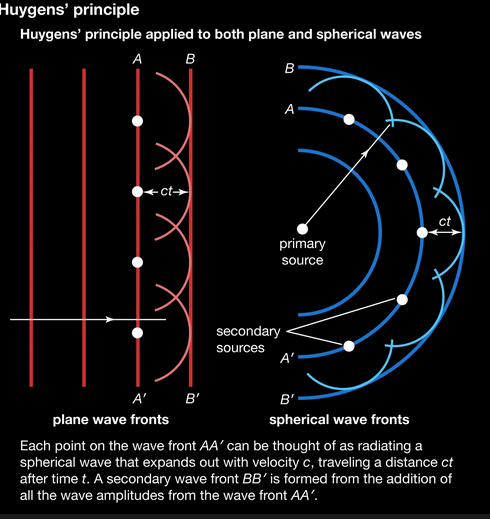Event JSON
{
"id": "53f10aad963b23e4d69ef2be0c5f3353693034a459cb12aa0ef560f55c6c2eb5",
"pubkey": "9a6a1a8eefd0b53d7e0c966ab35bd904151246f03b1be98fa0d2d0eeb4940320",
"created_at": 1746048231,
"kind": 1,
"tags": [
[
"proxy",
"https://mathstodon.xyz/@johncarlosbaez/114429016924153876",
"web"
],
[
"e",
"5bffcb305b0fb1c1e30f9a3f6f429a137fe376cc62f3ed03872c895abd8a31f1",
"",
"root",
"47d069b9227182c947fa6974c32d7cdf8764f5916ef0e6d88011720b2cf1db53"
],
[
"p",
"47d069b9227182c947fa6974c32d7cdf8764f5916ef0e6d88011720b2cf1db53"
],
[
"e",
"b4c772bea57718a68d2c223cf11fe91fca2200d986ac88339c686ca3d4a40e49",
"",
"reply",
"378fb8535da3c841fdebd0966e5a16f3d21d4e988b925e471f2d8fdf2345d2e9"
],
[
"p",
"378fb8535da3c841fdebd0966e5a16f3d21d4e988b925e471f2d8fdf2345d2e9"
],
[
"imeta",
"url https://media.mathstodon.xyz/media_attachments/files/114/429/008/247/375/660/original/006be513a51050c4.png",
"m image/png"
],
[
"proxy",
"https://mathstodon.xyz/users/johncarlosbaez/statuses/114429016924153876",
"activitypub"
],
[
"L",
"pink.momostr"
],
[
"l",
"pink.momostr.activitypub:https://mathstodon.xyz/users/johncarlosbaez/statuses/114429016924153876",
"pink.momostr"
],
[
"-"
]
],
"content": "wrote: \"You can also write classical (point particle) mechanics in terms of fields, but this time the field is given by the inf of L(x,∂x) over all paths.\"\n\nThis field is called Hamilton's principal function, and it obeys an equation called the Hamilton-Jacobi equation, which looks formally very much like the Schrodinger equation. If you look at Schrodinger's famous first paper on his equation (which only covered the time-independent version), you'll see he starts with these ideas and develops them further!\n\nSo, I think of the Hamilton-Jacobi equation as the 'wave formulation' of classical mechanics, dual to the more famous 'particle version'. \n\nJust as in Huygen's optics, the basic idea is that each possible particle traces out a path whose velocity vector is dual to the momentum *1-form* corresponding to the wavefront of the wave. The wave records the behavior of all possible particles with a given initial position at a given time.\n\nAll this stuff is usually explained really badly, but it's the key to understanding a lot of stuff.\nhttps://media.mathstodon.xyz/media_attachments/files/114/429/008/247/375/660/original/006be513a51050c4.png\n",
"sig": "8fc727a17f88ccf839e37b058b9457217a34b16eeb06f478b7da7ae11720a83e442e90e3293fa73b5d8d32e5209b9caac5b98e2326ddc84bc11f408b10e9ead9"
}
